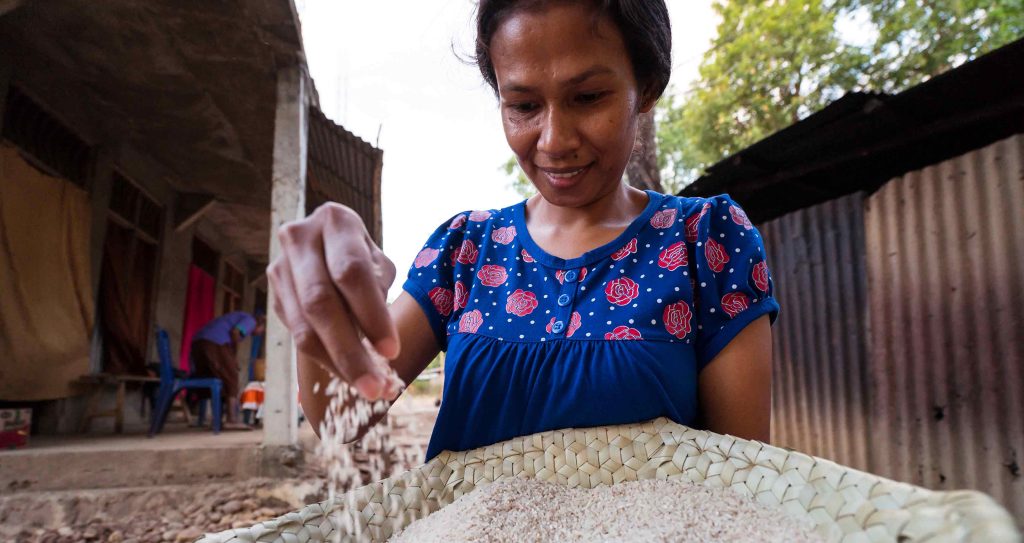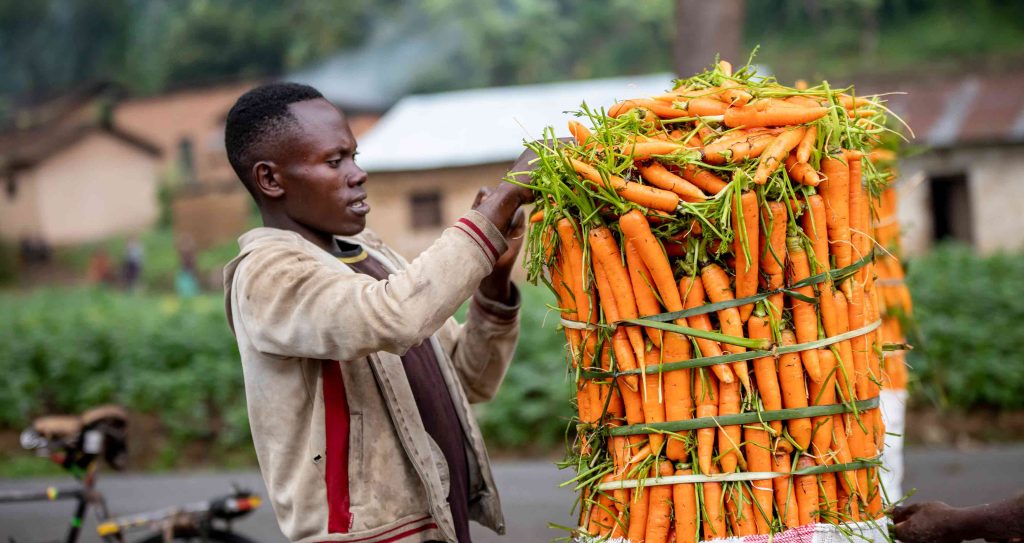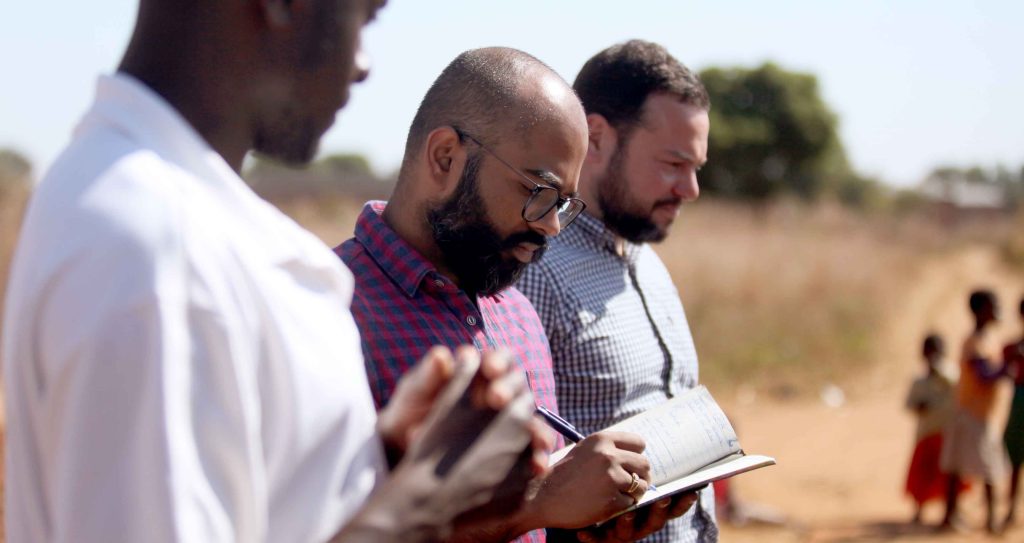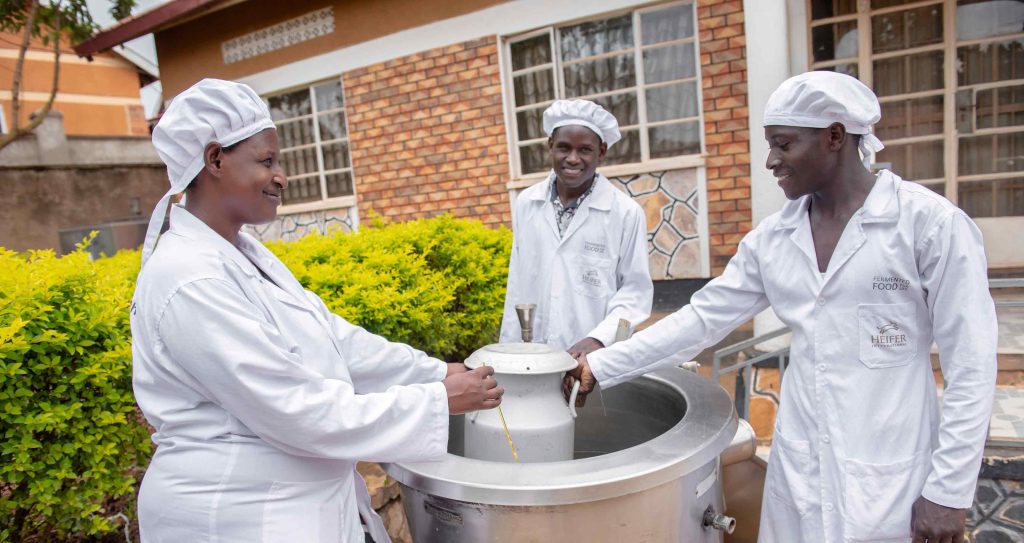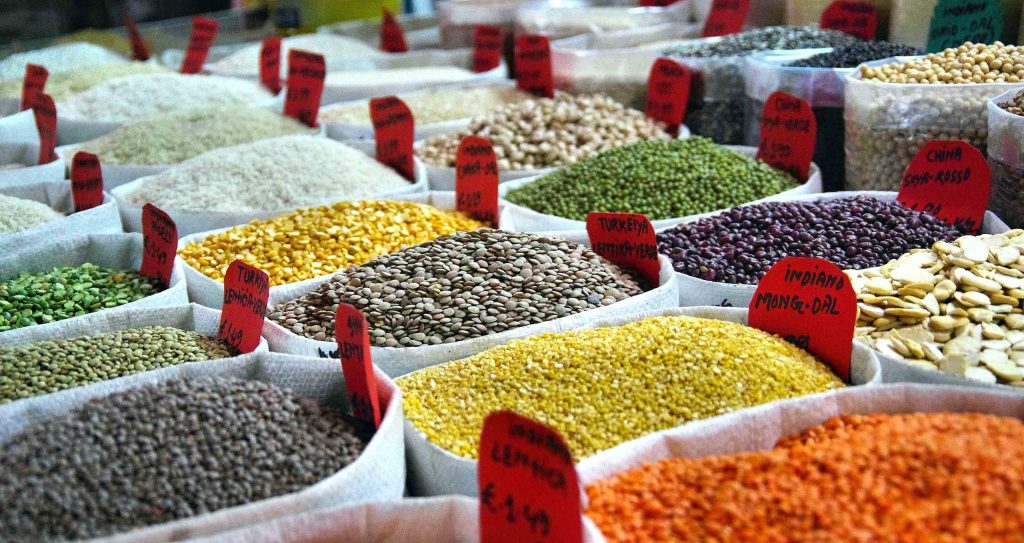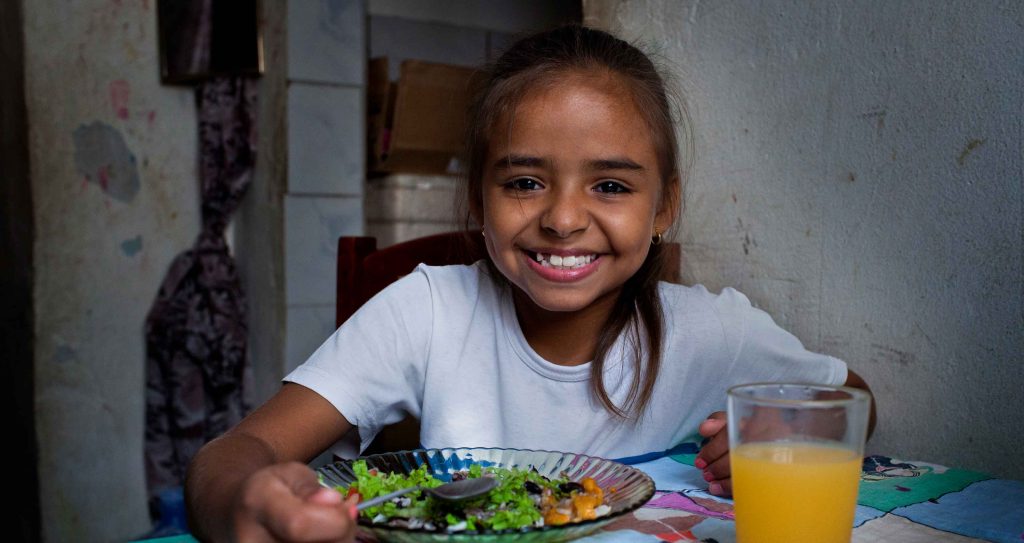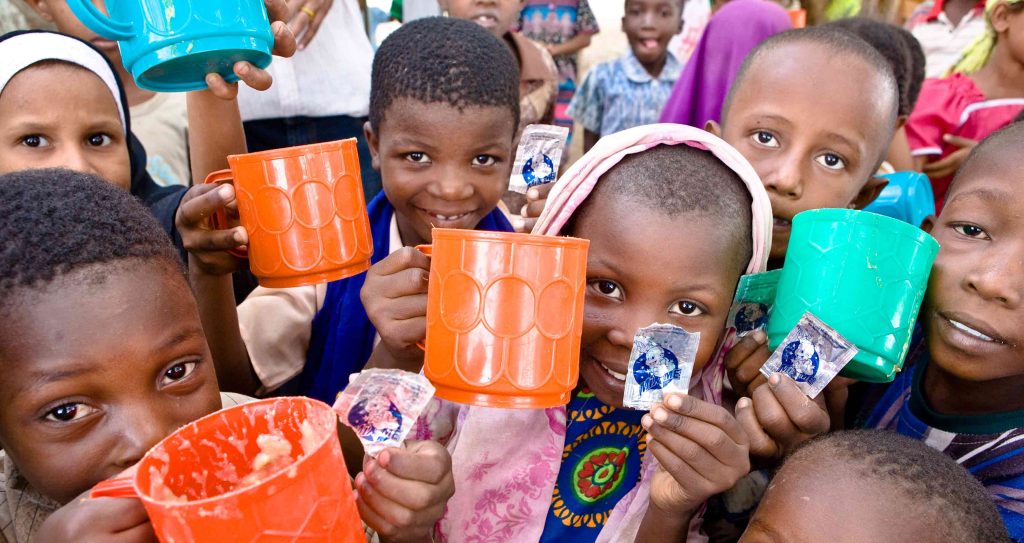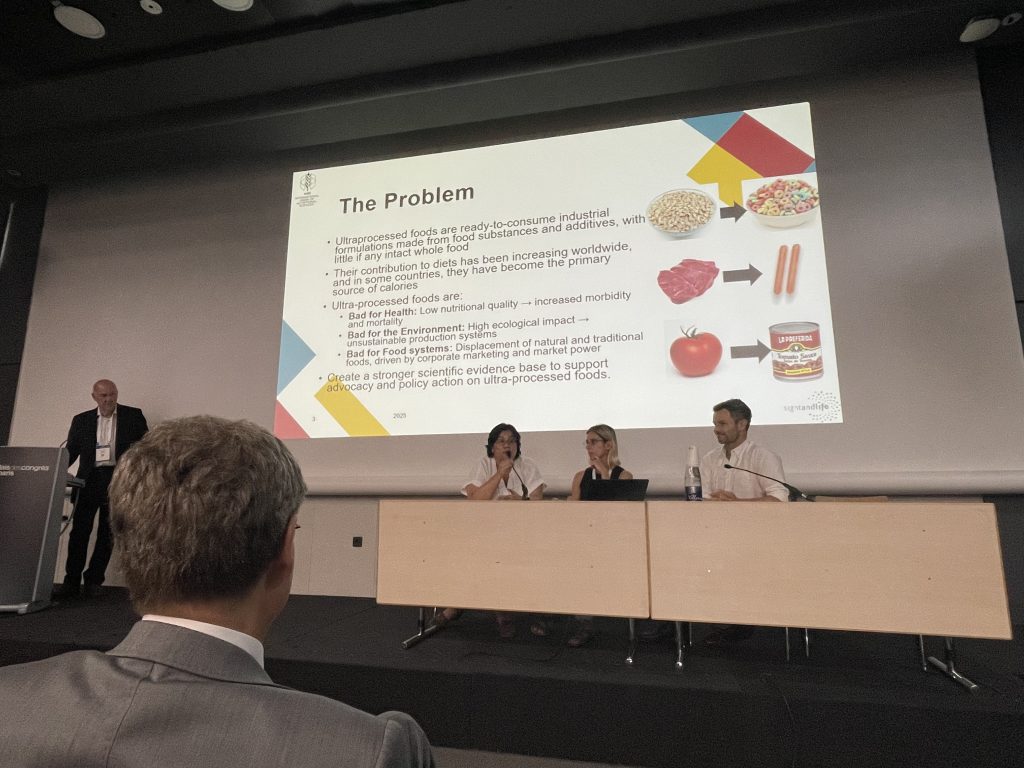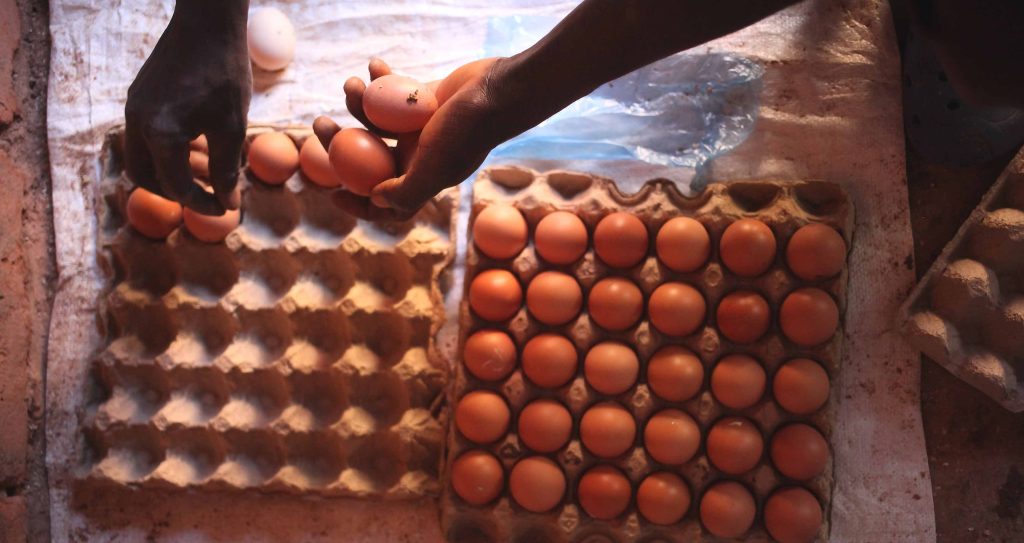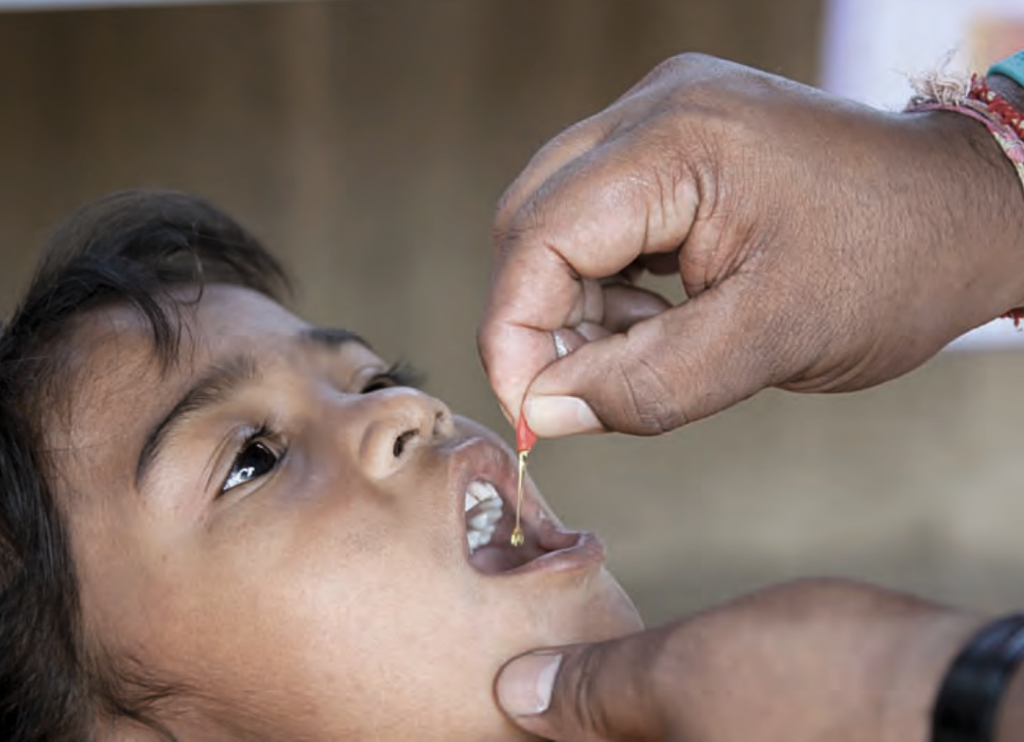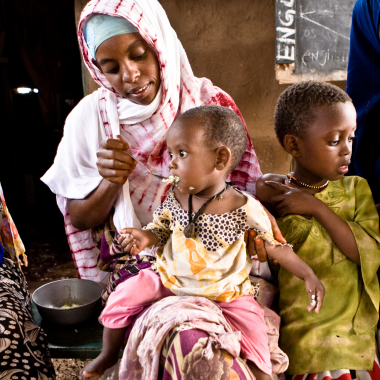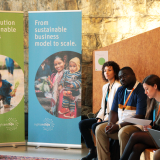Fermentation: An Ancient Solution to Modern Challenges

Goal: To spotlight traditional fermentation as a forgotten solution for global health, nutritional, and environmental challenges.
The fermentation of foods and beverages is an ancient practice that has played a significant role in traditional human diets across every continent, relying on the metabolic activity of microorganisms to transform and preserve foods. This method, widely practiced in low- and middle-income countries (LMICs), enhances the nutritional profile of staples like cereals, legumes, tubers, and dairy by improving mineral bioavailability, protein digestibility, and reducing anti-nutrients. The extended shelf-life of fermented foods helps reduce food waste and supports a stable food supply, particularly in resource-limited settings. As an energy-efficient process, fermentation not only reduces waste but also contributes to climate goals. The benefits of fermenting staple foods are especially valuable in LMIC, where access to storage and a diverse and nutritious diet can be limited.

In LMICs, traditional fermented foods are largely produced at the household level. These practices rely on indigenous microbes in the environment and offer critical contributions to food security and income generation. Women are often the primary practitioners of fermentation, holding valuable traditional knowledge and playing an essential role in preserving and transmitting these practices across generations. Scaling up these small-scale fermentation practices holds significant economic potential. It can empower women and create income opportunities, enabling the provision of nutritious, health-promoting foods for their families and communities as well. Given that many fermented foods are plant-based, amplifying the scale of fermentation could contribute to the ongoing shift towards diverse protein dietary patterns globally.
In March 2025, Sight and Life’s Special Report “Traditional Fermentation: An Ancient Solution to Modern Challenges” was launched. This comprehensive report offers an in-depth exploration of the science behind fermentation, examines the challenges and opportunities for scaling its use, and features case studies from low- and middle-income countries (LMICs). Click here to read the abstract or download the report.
Sight and Life contributed to the white paper School Meals and Food Systems: Rethinking the Consequences for Climate, Environment, Biodiversity, and Food Sovereignty, led by the Research Consortium for School Health and Nutrition. This paper highlights the potential to diversify and improve the nutritional quality of school meals by incorporating high-quality fermented foods into school feeding guidelines.
Discover more
Why tackle malnutrition
Understand how malnutrition affects our collective future
Global footprint
Discover our key projects across the world
Our strategy
Learn about our 3-stage plan to deliver direct impact on the ground
Our impact
Learn about the impact we have made on the ground so far all these chnages are in discover more section


